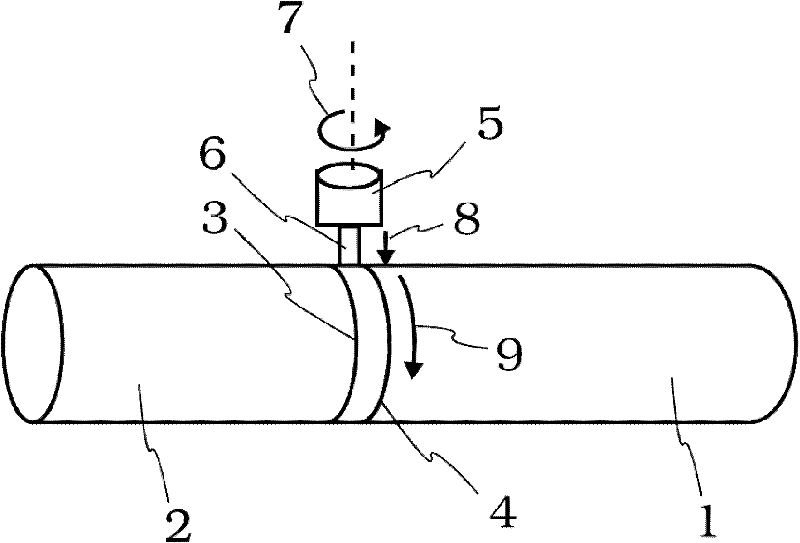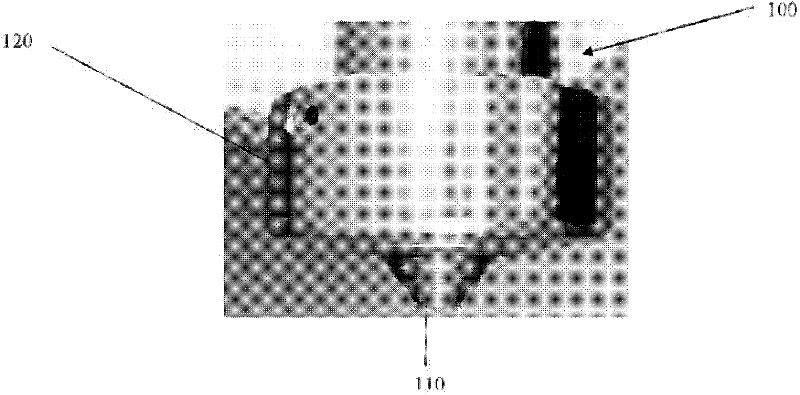High strength and toughness steel structures by friction stir welding
A technology of friction stir welding and steel structure, applied in welding equipment, transportation and packaging, non-electric welding equipment, etc.
- Summary
- Abstract
- Description
- Claims
- Application Information
AI Technical Summary
Problems solved by technology
Method used
Image
Examples
example 1
[0174] API X80 grade pipeline steel approximately 1 / 2" thick was used in the FSW study. The chemical composition (wt%) of the steel is listed in Table 1. In the examples below, the listed CTOD is the lower bound result.
[0175] Table 1: Chemical composition of steel (wt%):
[0176]
[0177] Steel 1 and Steel 2 with different Nb+Ti contents were chosen to illustrate the effect on fracture stiffness. Steel 1 with a higher Nb+Ti content has better stiffness than Steel 2. Steel 2 also exhibits a significantly larger prior-austenite grain size (40-60 μm) than Steel 1 .
[0178] Figure 7 Transmission electron micrographs are shown showing the presence of high-density, fine precipitates (~10 nm) of NbC and / or Nb(C,N) in Steel 1 . In contrast, steel 2 presents low density, mainly Ti(C,N) coarser precipitates (~200nm).
example 2
[0180] High strength pipeline steel approximately 1 / 2" thick was used in the FSW study. The chemical composition (wt %) of the steel is listed in Table 2.
[0181] Table 2: Chemical composition of steel (wt%):
[0182]
[0183] Tests were carried out on Steel 3 (inventive) and Steel 2 (comparative) to investigate the effect of the primary grain size and microstructure of the steel plates on the mechanical properties of the FSW joints. As mentioned earlier, the initial steel plate grain size reflects the influence of the second phase grains due to TMCP treatment.
[0184] Figure 8 Scanning electron micrographs of the base metal are shown comparing the microstructure of Steel 3 (inventive) and Steel 2 (comparative). In Steel 2, the base metal microstructure is predominantly primary ferrite with a grain size of about 5 μm to about 25 μm. Minute fragments of the second phase are also present in the microstructure, and these domains contain a mixture of martensite, bainite a...
PUM
| Property | Measurement | Unit |
|---|---|---|
| Granularity | aaaaa | aaaaa |
| Granularity | aaaaa | aaaaa |
Abstract
Description
Claims
Application Information
 Login to View More
Login to View More - R&D
- Intellectual Property
- Life Sciences
- Materials
- Tech Scout
- Unparalleled Data Quality
- Higher Quality Content
- 60% Fewer Hallucinations
Browse by: Latest US Patents, China's latest patents, Technical Efficacy Thesaurus, Application Domain, Technology Topic, Popular Technical Reports.
© 2025 PatSnap. All rights reserved.Legal|Privacy policy|Modern Slavery Act Transparency Statement|Sitemap|About US| Contact US: help@patsnap.com



